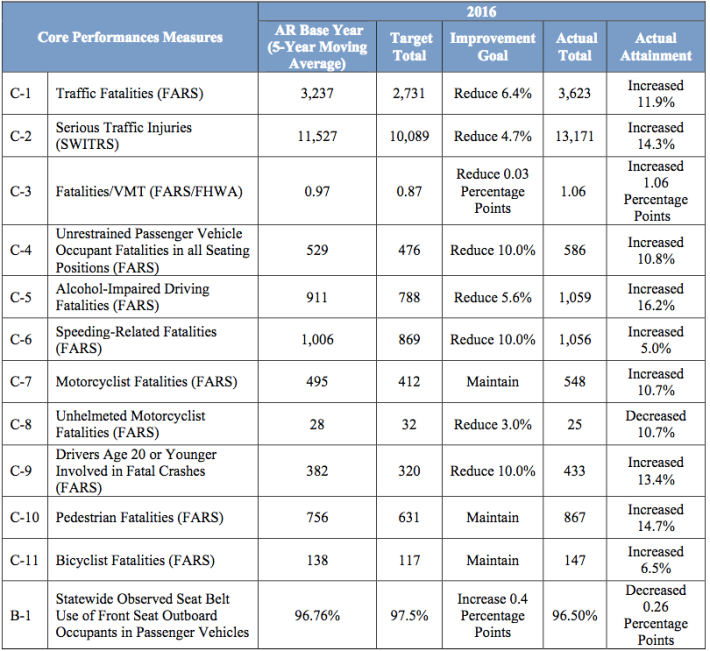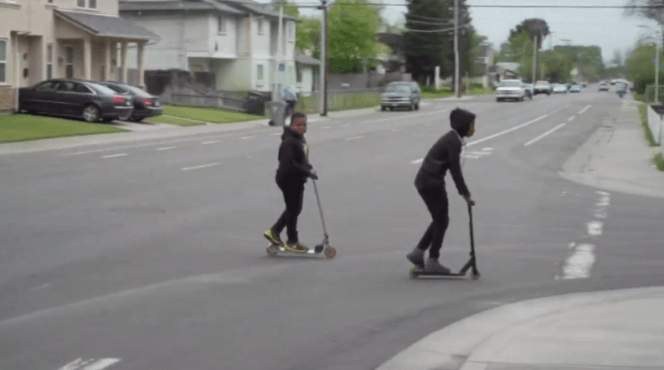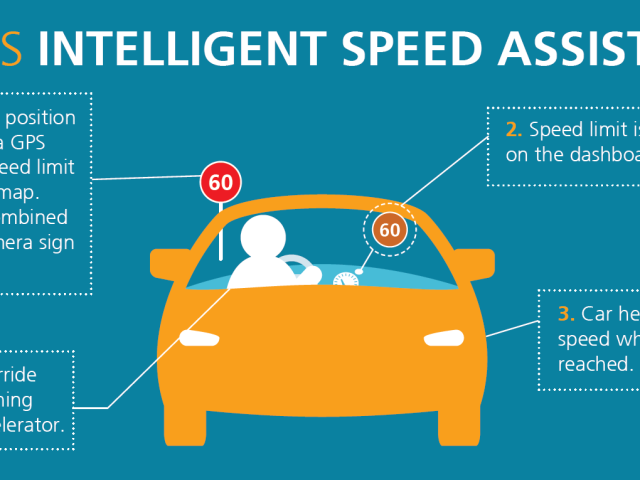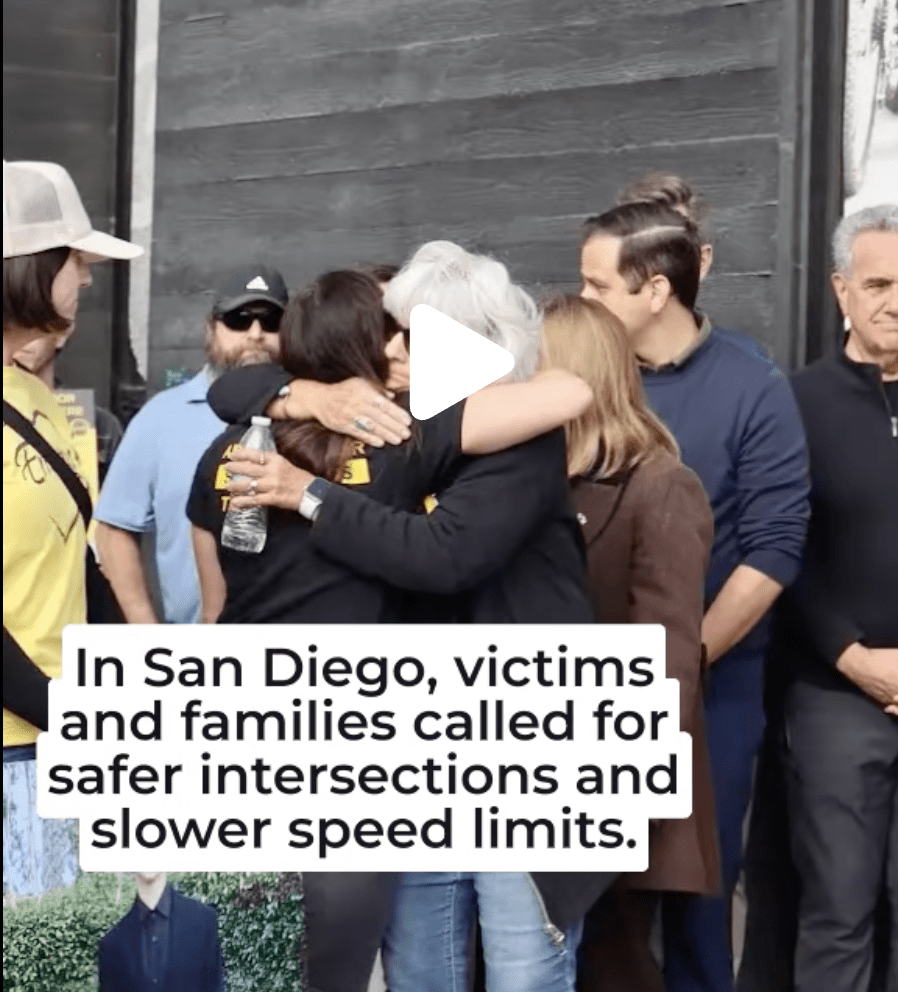Note: GJEL Accident Attorneys regularly sponsors coverage on Streetsblog San Francisco and Streetsblog California. Unless noted in the story, GJEL Accident Attorneys is not consulted for the content or editorial direction of the sponsored content.
California's Office of Traffic Safety (OTS) recently released its 2019 grants focused on traffic safety enforcement and education. A total of 278 grants for $82 million went out to state, county, and local agencies for a wide variety of activities, including traffic enforcement programs, media campaigns, and educational efforts. Among them were 32 grants, for a total of $5.72 million, specifically geared towards bicycle and pedestrian safety education efforts.
These federally funded grants go out every year from OTS. They are pegged to data on traffic safety problems and where needs are highest, and recipients are required to work towards state and federal performance goals to reduce traffic deaths and injuries, including of youth, pedestrians, and bicyclists. This year's bicycle and pedestrian education grants (see list below) will be used for a wide range of activities, many geared either towards children or older adults. They include bicycle safety courses, distribution of lights and helmets to children in need, and workshops and presentations about bicycle/pedestrian safety.
For example, the Alameda County Transportation Commission (ACTC) received $200,000 for a grant to develop a curriculum for a rail safety education program and to use it in 25 schools along the Hayward-San Lorenzo rail corridor, which has a high incidence of trespass fatalities. That program's goal is “to raise awareness about the dangers of trespassing and train students how to be safe pedestrians/bicyclists around active rail lines,” according to ACTC.
Another large grant--$550,000--will go to Southern California Association of Governments to continue funding its “Go Human” public awareness campaign, which promotes safe walking and biking. That program is a collaboration with cities on open streets projects that make roadways more bicycle and pedestrian friendly with protected bike lanes and high-visibility crosswalks and the like. It also creates pop-up informational events to allow residents to test out the improvements before they are built, and to give feedback on what works and what doesn't.
The University of California's Safe Transportation Research and Education Center (SafeTREC) in Berkeley received two of the grants. One of them--$1,250,000--will go towards continuing the center's Community Pedestrian and Bicycle Safety Program. This is a joint program with California Walks in which they work with and train local neighborhood residents and advocates for health, transportation, and safety on how to assess the needs of pedestrians and bicyclists and how to improve safety. The program has so far conducted 77 trainings in communities throughout California, including walkability assessments and mapping of hazards and safety needs.
SafeTREC also received a grant for $300,000 to perform Complete Streets Assessments in communities that request them. Evaluators will review traffic, pedestrian, and bicycle safety conditions and make suggestions for improving safety for all road users.
Another large grant, for $1 million, will go to the California Highway Patrol for “enhanced enforcement” and “public awareness education focusing on pedestrian and bicyclist traffic safety.” According to the CHP, their programs focus on—but are not limited to—behaviors that are “associated with the highest number of fatalities and injuries.” That means, perhaps, enforcement against drivers who fail to yield for pedestrians or who illegally pass school buses--and also bicyclists who fail to stop at stop signs.

The Highway Traffic Safety Plan says these grants “were selected based on strong problem identification, measurable outreach and education, [and] collaboration with existing partnerships.” Increased educational efforts, including school presentations, community engagement, and “a focus on aging adult populations” are being funded in areas “where the highest number of pedestrian and bicycle related collisions occur.”
Notice that these grants only address education and enforcement, which are two important components of safety but cannot by themselves fix problems caused by bad design or other factors that encourage dangerous driving behavior. And sometimes the efforts miss the mark, despite all the data backing them up. The CHP and police departments, for example, tend to judge a driver who blows a stop sign and a pedestrian who “jaywalks” as equally wrong because they have both broken a law. Enforcement aimed at those two violations would look equal on paper, as well, despite very unequal vulnerabilities, and despite OTS-funded research that finds that all road users worry most about distracted driving, and that pedestrians identify “cars not stopping,” “distracted drivers (cell phones,)” and “cars going too fast” as their biggest safety problems.
Another example of this unevenness is the OTS-funded “Pedestrians Don't Have Armor” public awareness campaign, which places equal responsibility for safety on people walking and driving, despite very different levels of vulnerability.
The focus on enforcement also doesn't allow for consideration of bad street design that may contribute to a pedestrian's decision to cross where there is no crosswalk. There are many communities in the state where people on foot might have to walk a mile out of their way to get to a safe crossing—take, for one example, Bakersfield, where city planners decided to remove a crosswalk on a busy street rather than find a way to slow car traffic or otherwise make it safe for pedestrians to cross.
And, after witnessing police officers ticketing bicyclists for not completely stopping at a stop sign on a low-traffic, well-used bicycle route with no cross traffic, this reporter remains skeptical about how well this “data-driven” approach translates to the real world. It looked like the officer was trying to meet a quota on bicyclist violations with as little effort as possible--and with very little educational value but a large negative monetary impact on the bicyclist.
The bicycle and pedestrian grants went to:
- Alameda County Transportation Commission: $200,000
- Anaheim Police Department: $60,000
- Bakersfield Police Department: $30,000
- Butte County Public Health Department: $40,000
- San Diego County Health and Human Services Agency: $75,000
- Escondido Police Department: $25,000
- Kern County Hospital Authority: $60,000
- City of Lancaster Development Services: $55,000
- Long Beach Department of Health and Human Services: $150,000
- Los Angeles County Department of Public Works: $125,000
- Los Angeles Housing and Community Investment Department: $250,000
- Modesto Police Department: $40,000
- Orange County Transportation Authority: $75,000
- Pasadena Transportation Department: $175,000
- Rancho Cordova Police Department: $40,000
- Redondo Beach Police Department: $20,000
- Riverside County Department of Public Health: $125,000
- Sacramento County Office of Education: $175,000
- Santa Cruz County Health Services Agency: $150,000
- Solano Transportation Authority: $85,000
- Southern California Association of Governments (SCAG): $550,000
- Sunnyvale Department of Public Safety: $30,000
- San Diego Police Department: $125,000
- San Francisco Department of Public Health: $75,000
- San Jose Department of Transportation: $100,000
- San Luis Obispo County Public Health Department: $150,000
- San Mateo County Office of Education: $100,000
- Santa Ana Public Works Agency: $50,000
- California Highway Patrol: $1,000,000
- Watsonville Police Department: $35,000
- University of California, Berkeley SafeTREC (Transportation Research and Education Center): $1,250,000
- University of California, Berkeley SafeTREC (Transportation Research and Education Center): $300,000






